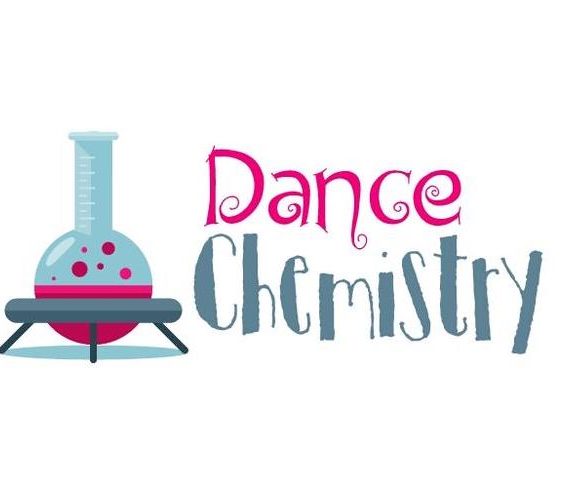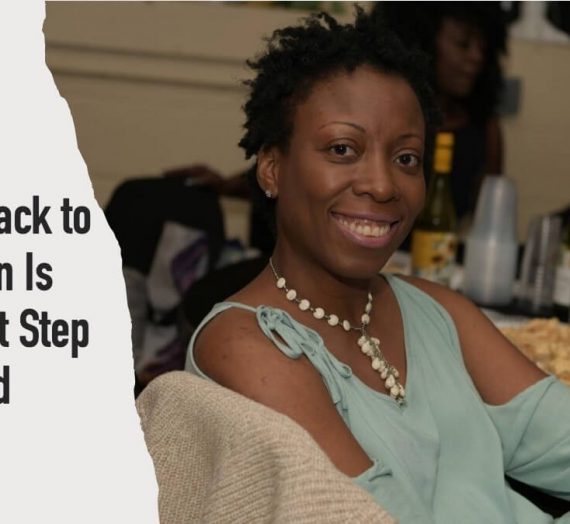Last Friday, a co-worker said to me, “I want to learn to step, but Sonji I have two left feet and no rhythm but I wanna dance every weekend too.” I responded, “Once you can remember which left foot is on the right, you can learn to step. The rest will come.”
In my time going to steppin’ classes to learn I have seen the most awkward, uncoordinated men and women – the so called “squares” – blossom into rhythmic swans and graceful dancers moving in ways they didn’t imagine. I always believe there is room and a place for anyone on the dance floor who loves to dance – even the awkward “squares” and now “the bums.”
I was surprised when I heard the term “bums” used in the interview with Terrance Pratt on Talking Tea with Tika a couple of weeks ago. From what I gathered the bums are the newer, less seasoned steppers that challenge the likes of Tyk Mann, Doc, and Feo and don’t belong on the same stage to compete with these steppers. I haven’t forgotten the word used, who said it, and who laughed at the connotation. Making sensational statements works in media. Say something startling and people won’t forget you. I believe the bums are thankful for the chance to challenge the best. And in some cases, I believe the inverse to be true. Westside Mike said to me after the Milwaukee prelims, “You know, some of these contestants were my students. I like it when a stepper says “f*ck the teacher” and competes anyway.”
A Community Beyond Chicago
Chicago Style Stepping has expanded far beyond the streets of Chicago and in the words of Tony Dow “the lifestyle of comin’ up in the streets.” In 2017, people from cities as far-flung as Phoenix to Norfolk, and from Baton Rouge to Minneapolis, enjoy steppin’ Chicago style. With this national growth, steppin’ is changing – and not for the first time. I have to say to some steppers that think they’ve made it, “Remember when the generation of steppers before you thought you were a clown too big for your britches because you were different? Now you are a part of the influence in this community. What is your stance for the steppers that come after you?”
Diversity – Is it Good or Bad
Our community’s diversity and differences can cause a degree of dissension that can either destroy us, or harnessed in the right way can make us powerful, creative, and progressive. We have the power to promote inclusivity or exclusivity. Today most steppers may not be dancing for money in a hat on the floor. In an effort to be a part of something bigger than any one of us, instead, squares and bums sometimes leave their hearts on the floor. If one day eventually I make an entrance to a social or stepper set with my co-worker excited about dancing, I hope she is welcomed and learns something new, experiences something different and is excited to be a part of this world and that she ends her experience that day wanting to make it to the next event.
The reward and recognition are in the results – the good and the bad. What will we make of the steppin’ community ten years from now from what we say and do today? If we learn to rise above our differences and do less of the careless antics like name-calling, maybe in years to come we will still be enjoying Chicago-style steppin’ together and growing this community. Otherwise, it is a stab in the dark at what the future of this dance community will be.




